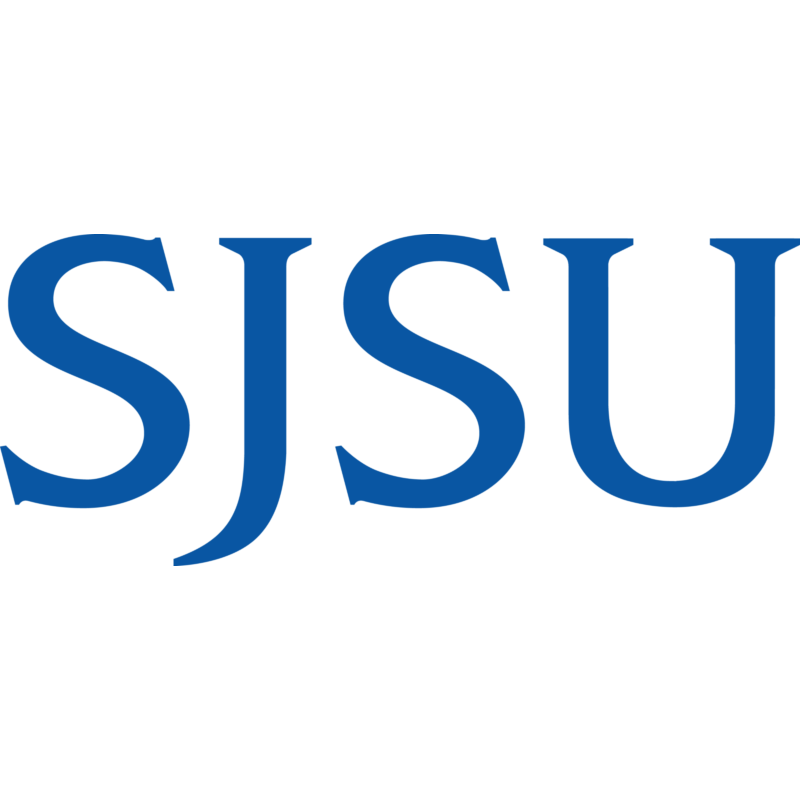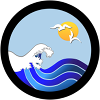Prospective students,
If you are interested in applying to the Geological Oceanography Lab at MLML, there are several research opportunities starting in Fall 2015. For some of these project I will be able to provide some support either in form of a stipend and/or tuition.
The following paragraphs describe potential research topics; however, to learn more about research opportunities feel free to contact me directly (iaiello@mlml.calstate.edu).
Ivano
Bar-built estuaries: bar dynamics and wetland topography (in collaboration with the CCWG)
California’s bar-built estuaries form where coastal streams and rivers are periodically closed off from exchanging waters with the ocean by the build up of a sand berm at their mouth. Changes in the timing of the berm buildup in relation to weather and oceanography have significant effects on the extent and quality of the estuarine habitats (e.g. lagoon, marshes). These habitats, which are essential for many marine and terrestrial species some of which are endangered, have been heavily modified by humans as consequence of deforestation and use of wetland areas for agricultural and urban purposes.
This project is a collaboration with the Central Coast Wetlands Group at Moss Landing Marine Laboratories (http://ccwg.mlml.calstate.edu).
Specific research topics include:
- Geomorphologic mapping/modeling with terrestrial laser scanners of marshes to establish inundation periodicity and vegetation community structure;
- Evaluation of bar formation dynamics using terrestrial laser scanning, beach camera analysis, and aerial photos
- Bar sediments analysis with laser particle sizing and provenance studies.
Understanding the behavior of ice sheets and sea ice in the Bering Sea region during the 40-K world (in collaboration with Christina Ravelo, UCSC)
This project is based on sediment cores collected by deep-sea drilling in the Bering Sea during IODP Expedition 323 (http://iodp.tamu.edu/scienceops/expeditions/bering_sea.html).
The time interval chosen for this study (~1.7 to ~1.2 Ma) is right before the Mid-Pleistocene Transition when global ice volume varied mainly at periodicities of 40 kyrs. This time interval offers straightforward examples of how ice sheet mass balance is affected by seasonal solar forcing.
Graduate theses will focus on measuring fluxes and sources of IRD (defined as >250µm lithogenous particles) and differentiating IRD derived from ice berg calving from lithogenous material coming from sea-ice. Goals are to better understand the role of sea ice in ice sheet growth/decay, and to determine IRD provenance to tie the IRD record to specific ice sheets. Analytical work will include bulk- and biogenic-free particle size measurements, SEM-based microtexture analyses, and QFL provenance analyses.

